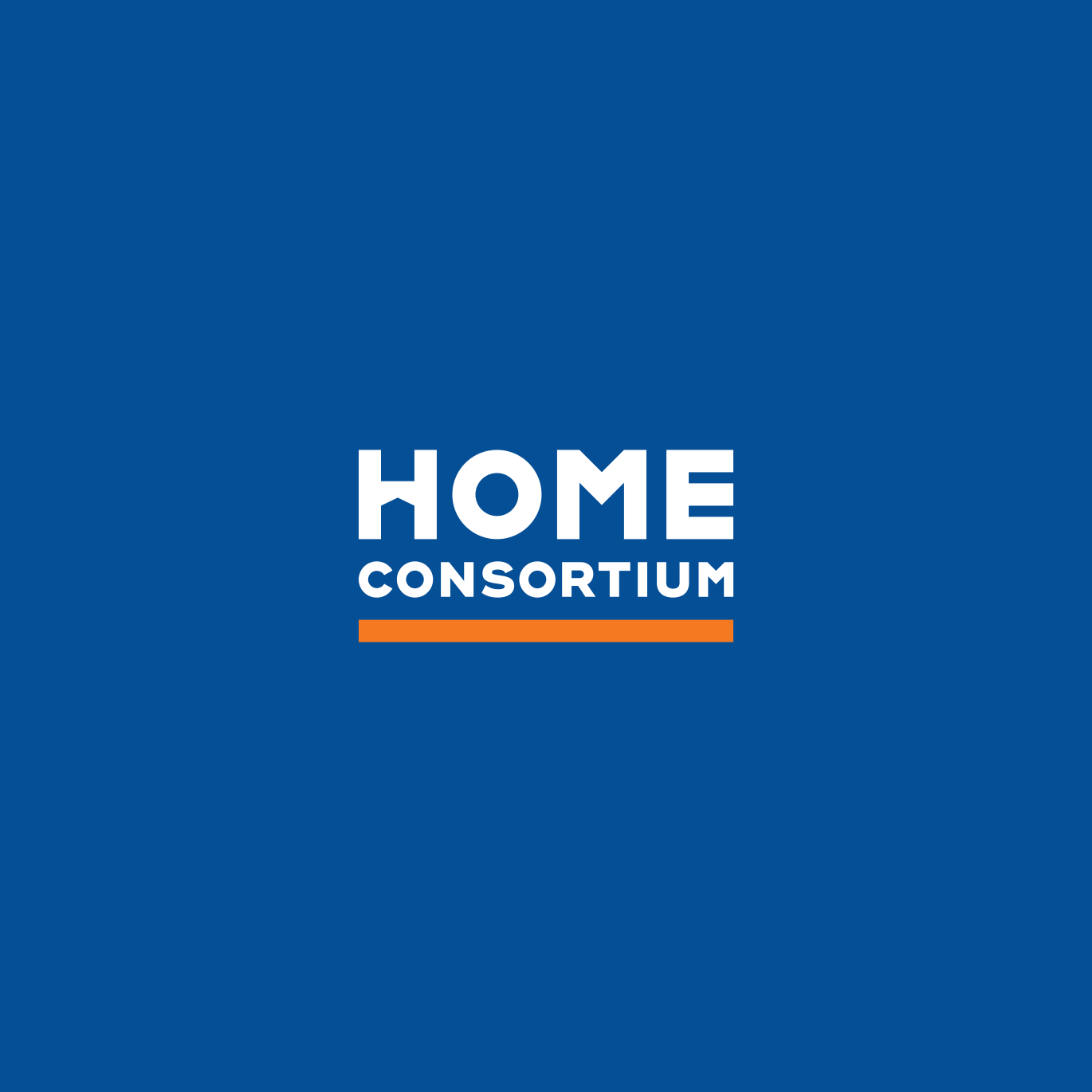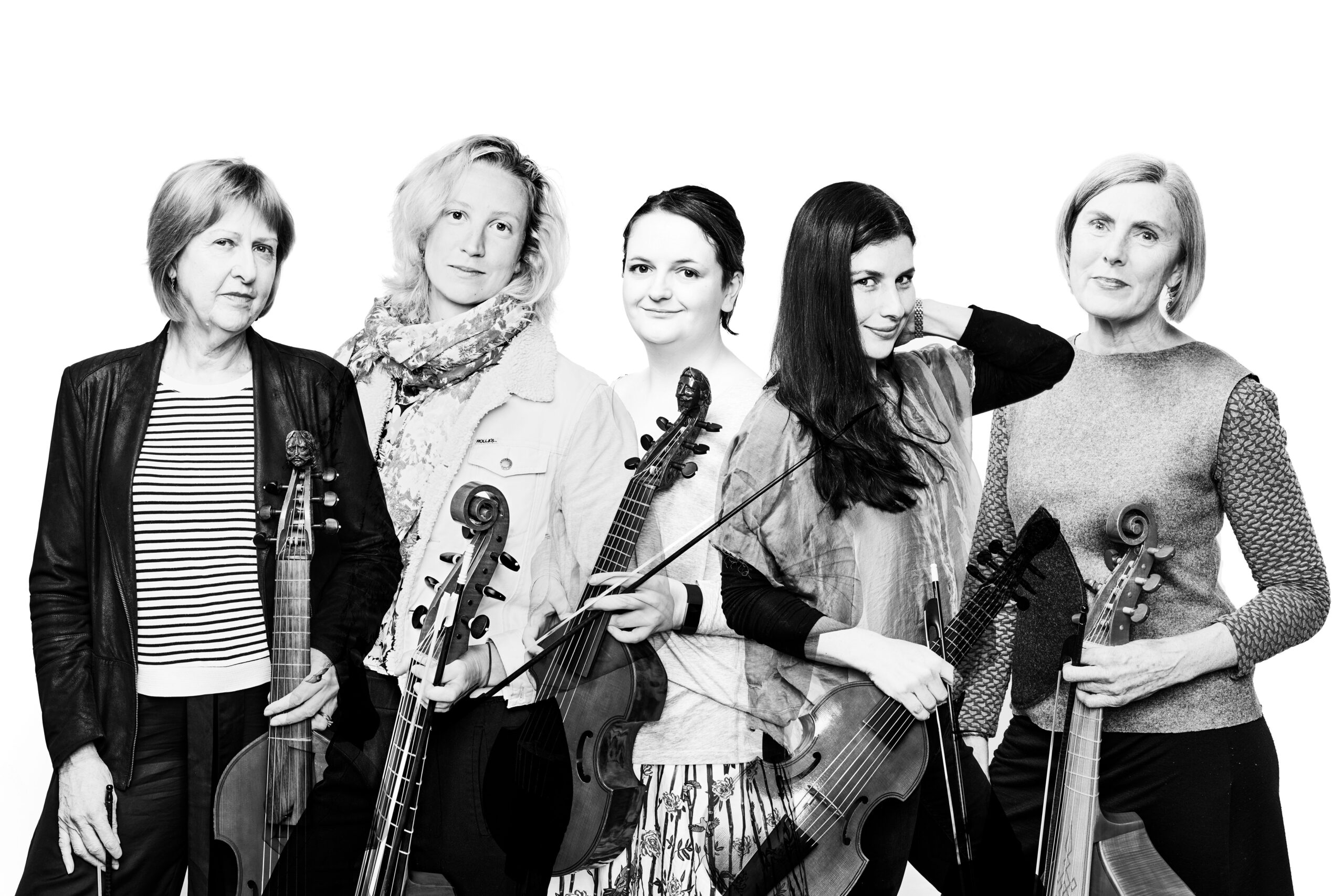DesignLights Consortium releases update to technical requirements for horticultural lighting
Table Of Content

Horticultural Technical Requirements V3.0, which rolled out last March, featured the program’s first efficacy bump, increasing potential energy savings with DLC-qualified products by at least 20%. With aggressive utility support, networked lighting controls have the potential to save up to half of the remaining lighting load after an LED lighting retrofit – and can enable lighting efficiency programs to be maintained twice as long as compared to support for LED fixtures and lamps alone. In addition to developing tools that reduce barriers to adoption, we’re promoting this energy saving technology as the gateway to enable connected buildings that support carbon reduction goals. August 24, 2023 – A DesignLights Consortium (DLC) study published today underscores the energy savings potential of networked lighting controls (NLCs) and recommends revising energy efficiency incentive models to capture the full benefits of controlled lighting.
Technical Resources
The DLC’s solid-state lighting program is home to the largest and most influential list of high-performing commercial lighting products in the world. Our SSL Qualified Products List improves both consumer confidence and sustainability of the lighting industry as a whole – with an end goal of accelerating the installation of energy efficient, better quality lighting for people living and working in the built environment. DLC resources are based on thorough industry research and rooted in our team’s extensive expertise. As a leader in energy efficient lighting, it’s our mission to achieve energy optimization by enabling controllability with a focus on quality, people, and the environment. Use the DLC’s resources to see how you can save energy, improve costs, and reduce your climate impact.
Energy Optimization for Horticultural Lighting

The DLC publishes research and develops resources to help communicate important lighting topics in each program area. Medford, MA –July 27, 2022 –The DesignLights Consortium (DLC) today announced the first products added to its LUNA Qualified Products List (QPL) after being tested and determined to meet the new LUNA Version 1.0 Technical Requirements for outdoor LED luminaires. In July 2015, the Design Lights Consortium reportedly delisted 1,220 products due to misrepresentation, according to their Industry Update newsletter. The QPL also shows a directory of delisted products, since consumers will want to avoid them.
Learn how our community is supporting energy efficiency goals and improving lighting quality across North America.
Lighting the way to a cleaner, healthier, smarter future (MAGAZINE) - LEDs Magazine
Lighting the way to a cleaner, healthier, smarter future (MAGAZINE).
Posted: Wed, 12 Sep 2018 07:00:00 GMT [source]
MEDFORD, MA – June 30, 2021 – The DesignLights Consortium (DLC) today released the final version of its updated Technical Requirements for Horticultural Lighting (Version 2.1). Scheduled to take effect September 1, the new policy establishes Qualified Products List (QPL) eligibility for three additional product types, and reflects changes made in response to stakeholder comments received this spring. DLC is moving full speed ahead to keep scaling our impact and gather more voices and ideas in the energy community. Passion and the power of working together can achieve greater strides toward decarbonization. Watch video tutorials on a wide variety of topics like navigating the new DLC website, searching the QPLs, networked lighting control education, and application portal information. For LED replacement lamps, the DLC responded to stakeholder input by changing the warranty requirement to three years instead of five, as had been proposed in Draft 2.
Over time, LED luminaire and lamp efficacy has increased by 30–40% depending on the type of product. The higher efficacy value signifies greater energy efficiency and more light output for the power consumed, saving commercial and industrial customers energy and money. Over the years, our work has evolved to include advances in critical areas of lighting quality, such as color, glare, and controllability for both light preferences and energy savings. Controlled environment agriculture is a rapidly growing sector that uses horticultural lighting to optimize crop production and reduce environmental impact. Horticulture LED lights are one of the most energy efficient and effective options for artificial lighting for plants, as they can deliver the right spectrum, intensity, and duration of light for different crops.
Learn more about how we’re collaborating with industry experts, stakeholders, and efficiency program members to integrate lighting into smart cities of the future and meet carbon reduction goals. The DLC Qualified Products Lists are the largest verified lists of high-performing and energy-saving LED lighting solutions in the world. Qualified products undergo thorough vetting and review by DLC experts to ensure they meet our rigorous energy and quality requirements.
Samsung's New Mid-power LED Integrates Unsurpassed Light Efficacy With Outstanding Color Quality - samsung.com
Samsung's New Mid-power LED Integrates Unsurpassed Light Efficacy With Outstanding Color Quality.
Posted: Thu, 27 May 2021 07:00:00 GMT [source]
The horticulture lighting market is expanding and growers need high-quality products with reliable performance claims. That’s why the DLC offers a Qualified Products List for energy efficient horticultural lighting, and verifies the performance and efficiency of different products based on rigorous testing and standards. By using the Horticultural QPL, growers can save time and money, improve their crop yields, and contribute to the sustainability of indoor agriculture.

Choose between solid-state lighting products, light pollution-mitigating lighting products, horticultural lighting products, or networked lighting controls below to begin your search for energy efficient lighting solutions. One research example is our August 2023 “Economic Potential of Networked Lighting Controls in Commercial Buildings,” and an example of a tool is our light pollution ordinances map, which tracks local outdoor ordinances and bylaws across North America. As an independent nonprofit organization, the DesignLights Consortium (DLC) provides decision makers with data and resources on quality lighting, controls, and integrated building systems to reduce energy, carbon, and light pollution. We envision a net-zero future where lighting, controls, and integrated building systems enable energy savings, decarbonization, and sustainability for all people and the environment.
As a non-profit, we’re supported and funded by efficiency program member organizations throughout the US and Canada. The DLC’s members are a collective force that gives insight and expertise into DLC policy development. As a DLC member, you have a direct effect on lighting quality, innovation, and market transformation of the built environment. A part of our solid-state lighting program, the DLC’s new LUNA requirements provide a dark sky friendly option for specific categories of outdoor lighting, enabling lighting decisionmakers to identify products that save energy and minimize sky glow. The DLC blog is intended to educate, inform, and provide a platform for discussion for the DLC’s many stakeholders. We post technical and non-technical content, perspectives related to LED lighting, networked lighting controls, utility programs, the DLC mission, and other relevant industry developments.
Over the past 10 years, the consortium has created technical requirements and a qualified products list (QPL) for LED lighting products resulting in domino effects that have influenced product performance, deployment, and adoption of commercial LED lighting practices. Upcoming initiatives will continue to inform the way in which we support the COP 28 climate pledge to double energy efficiency by 2030. Searchable on the SSL Qualified Products List (QPL), LUNA-qualified products are eligible for energy efficiency rebates and incentives designed for SSL V5.1 products.
Let's take a look at who the DLC is, what it means to be DLC listed, and the benefits of purchasing those lighting products. Search over 80 categories of indoor and outdoor commercial LED products, including options that minimize light pollution. Strictly Necessary Cookie should be enabled at all times so that we can save your preferences for cookie settings.
LUNA sets performance requirements for specific categories of outdoor LED fixtures, so that municipalities, energy efficiency programs and other outdoor lighting decision-makers can better support their energy reduction goals and abide by dark sky policies and ordinances. LUNA also helps specifiers fulfill the light pollution and trespass requirements of LEED and WELL building programs, and helps projects follow application guidance in the joint International Dark Sky Association-Illuminating Engineering Society Model Lighting Ordinance. Over the last decade, we have qualified more than a million products, but thanks to lighting advances, we’ve narrowed that to over 300,000 products on the list today that meet our performance requirements for efficacy, quality, and controllability. Today, 75% of qualified products have integrated controls and 99.5% of qualified products are dimmable, increasing energy savings potential. In horticulture, DLC-qualified LED lighting fixtures are over 35% more efficacious than incumbent, non-LED fixtures.
Thanks to the participation of our consortium, the DLC’s solid-state lighting program is home to the largest and most influential list of high-performing sold-state luminaires and commercial lighting products in the world. We work in tandem with energy efficiency programs to improve both the energy savings potential and quality of light in the built environment. The SSL Qualified Products List improves both consumer confidence and sustainability of the solid-state lighting market as a whole through well-researched criteria for efficiency and quality created by our expert team and with input from our stakeholders. As a collective of energy-efficiency program administrators, implementers, policy makers, lighting industry experts, and manufacturers, the DesignLights Consortium (DLC) works to collaborate, facilitate, and liaison with energy-efficiency stakeholders and members.
Through these partnerships, the DLC establishes product quality specifications; facilitates thought leadership; and provides information, education, tools, and technical expertise. The DesignLights Consortium's (DLC) networked lighting controls program launched in 2015 and is designed to accelerate widespread implementation of lighting controls in commercial buildings and exterior environments by addressing market barriers to adoption. The DLC controls initiative continues to expand and explore connected lighting as the gateway to the proliferation of smart buildings and cities. The DLC carefully evaluates each of our initiatives to maximize positive impact on the environment and on the industry. We work with market experts, manufacturers, energy efficiency programs, and other industry stakeholders to establish requirements that keep the lighting industry at the forefront of sustainability and carbon reduction efforts.
Comments
Post a Comment